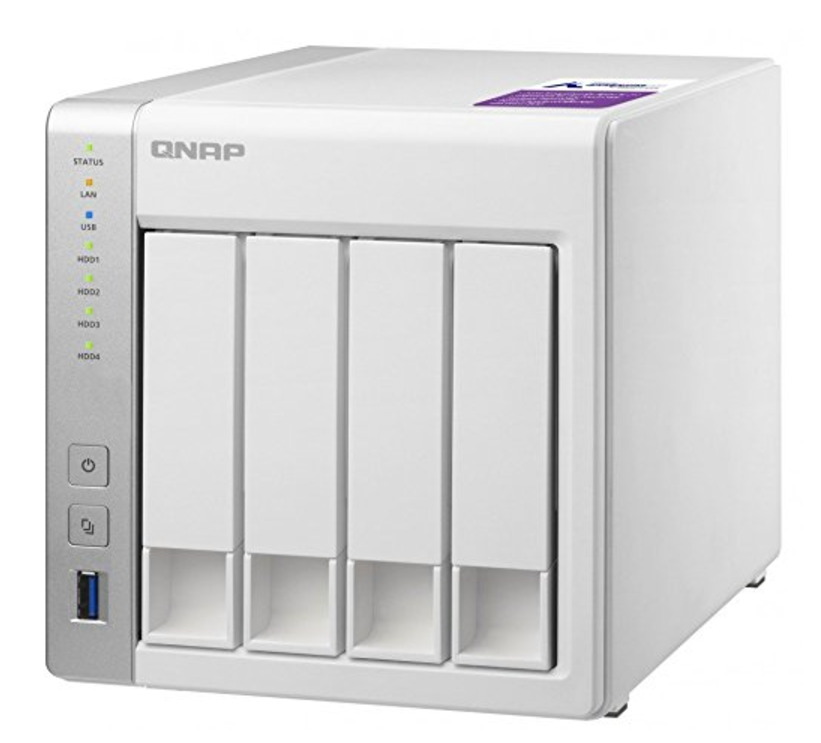
This lead me to what became my final solution. This so I started looking into hardware RAID and such. As I had two WHS servers, one backing the other one up, I didn't lose my data but did have to recreate it. Everything was going great till one fine day when my file share disk went south. Copied all my data from my WHS box to this new box and ran Lastly, I used a product called Veeam to backup my clients. Took me a couple of days to get everything working right, but it worked like a charm. So I installed Ubuntu, added Samba for file sharing, Plex for media sharing and a few other Might be worth a look for you though.Īs my background was in computing and systems management, I decided to take one of my existing WHS boxes, and build my own server using Ubuntu Server 19.10. This product looked promising, but because I run PiHole, it would not fit into my network without me making some major changes. Next, I looked at a product called Amahi. Both versions 20 out of the box would do file serving, backups and media serving just like WHS, but version 2019, while it could do all of these things, they did not come easy. However, by the time I was ready to make the switch, only version 2019 was available and in that version Microsoft in all their great wisdom removed all the parts that made Essentials worth They said in the movie, "going to need a bigger boat". Versions 20 both acted very much like WHS 2011, albeit with a much heavier footprint and hence, as Started with version 2012 then looked at 2016 and finally looked into 2019.
#WINDOWS HOME SERVER 2011 END OF LIFE MAC#
I needed a server to firstly act as a file server, secondly to aid in the backup of my families small network computers (Windows, a Mac and a Linux box) and finally to act as a DLNA media server.įirst I took a serious look at Windows Server Essentials. My existing WHS server(s) where composed of Core-2 Duo 3.00GHz Intel motherboards with 8GB memory and onboard Intel gigabit network, an 80GB drive for WHS and three 2TB drives for backups, file shares and server backups. Anyway, when Microsoft abandoned us WHS users I looked at a lot of options to see what would work best for me and also be in my price Did beta testing before V1 came out so many years ago. There are are many personal factors to be taken into account but here is my personal solution:ĭave, I have been (was?) a long time faithful WHS user. If you have feedback for TechNet Subscriber Support, is an ongoing question that has no satisfactory answer - I guess WHS was indeed an excellent product. Please remember to mark the replies as answers if they help. It would be more expensive than Windows Server Essentials. And you need to purchase CALs for user/device which use the server service. Windows Server 2012 – 2016 Essentials has similar functionĪs WHS, such as centralized management for computers/users, built-in configuration wizard which simplify the configuration steps and etc.Īlso, you can consider of Windows Server Standard, which includes 2 virtualization instances. Supports up to 25 users and 50 devices, and there is no necessary to purchase Windows Server CALs additionally. You can consider of Windows Server Essentials, it is designed for small business environment. If possible, it is recommended to migrate your WHS to newer OS version. Hi, Windows Home Server 2011 End of Mainstream Support: If you find my comment helpful or if it answers your question, please mark it as such.

It's not as simple as using WHS but it works for me. It also runs Roon for HiFi music and various other applications.

It is used as a Media Server (using Plex), EMail (hMailServer) and backs up local PCs using Veeam (also backed up to WHSĪs above).



 0 kommentar(er)
0 kommentar(er)
